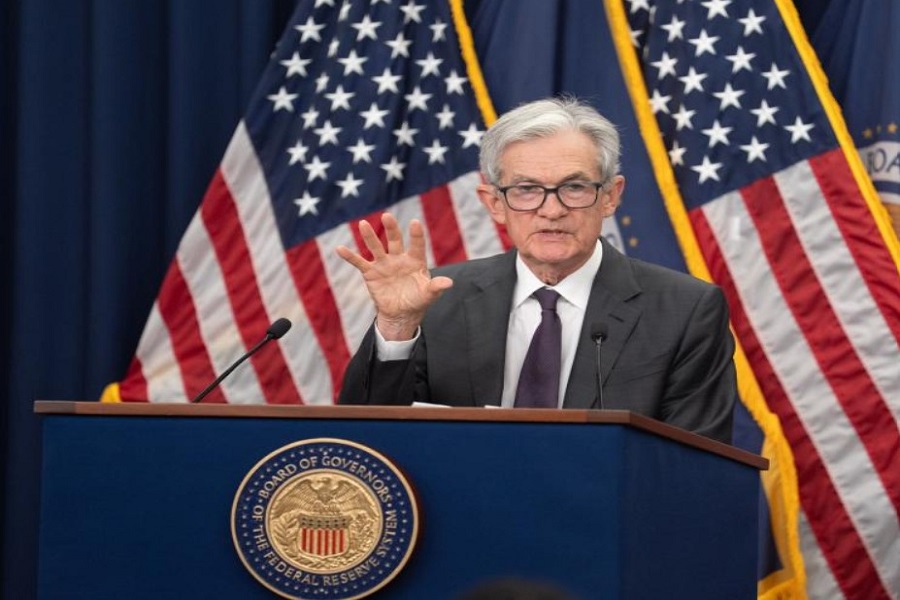S&P retains India credit rating; expects sound fundamentals to underpin growth

The Indian economy is performing well amid challenging global conditions and sound fundamentals will underpin its growth over the next two to three years, S&P Global Ratings said on Thursday, retaining the country's sovereign credit rating.
S&P affirmed its 'BBB-' long-term and 'A-3' short-term, unsolicited foreign and local currency sovereign credit ratings, while retaining the outlook on the long-term rating at stable.
"The stable rating outlook reflects our expectation that India's sound economic fundamentals will be sufficient to offset the government's weak fiscal performance, helping to sustain elevated government funding needs and a high interest burden over the next 24 months," analysts wrote in a release.
S&P expects India's economy to grow by about 6% in 2023/24, with investments and consumer momentum helping growth prospects over the next few years.
Although India's public finances remain weak, strong growth in capital expenditure (capex) allocations boosts the quality of the government's fiscal programs, S&P said.
"More effective capex programs should help alleviate India's widespread shortfall in physical infrastructure capacity. Over time, this would support the productive capacity of the economy," it added.
The rating agency said despite strong revenue gains, fiscal consolidation in India has trailed regional peers at a similar rating level.
But it expects the central government to gradually pare down its sizable deficits over the next few years, to about 7.3% of GDP by fiscal 2027.
S&P said it forecasts overall net general government debt stabilising just below 85% of GDP over the next three years, which would be higher than the pre-pandemic level of 75% of GDP, but well below the pandemic peak of over 90%.






.jpg)














